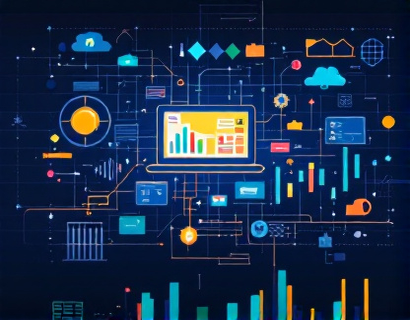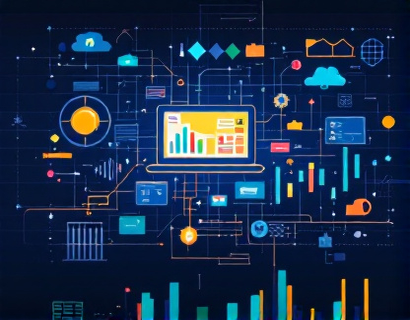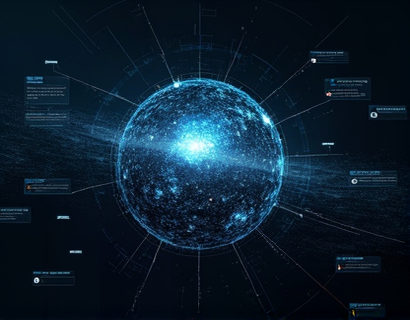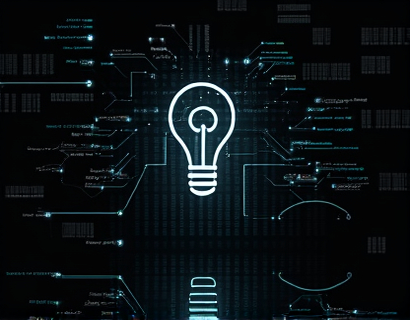Maximize Your Multi-Channel Announcements: A Strategic Guide for Businesses and Individuals
In today's fast-paced digital landscape, making effective announcements across multiple channels is crucial for businesses and individuals aiming to maximize their reach and engagement. This comprehensive guide provides expert strategies to streamline your announcement processes, ensuring your messages resonate with your audience across various platforms. Whether you're a business owner or an individual looking to enhance your communication strategy, this guide offers actionable insights to optimize your multi-channel communication efforts.
Understanding Multi-Channel Communication
Multi-channel communication refers to the strategy of reaching out to your audience through multiple platforms and channels. This approach leverages the strengths of each medium to ensure your message is seen, heard, and remembered. The key to successful multi-channel communication lies in consistency, clarity, and relevance. By aligning your message across different channels, you create a cohesive brand presence that builds trust and credibility with your audience.
Identifying Your Channels
The first step in maximizing your multi-channel announcements is identifying the right channels for your audience. Common channels include social media platforms, email newsletters, company websites, blogs, forums, and messaging apps. Each channel has its unique characteristics and user demographics, so it's essential to understand where your target audience spends their time. For instance, younger audiences may be more active on Instagram and TikTok, while professionals might prefer LinkedIn.
Crafting Your Message
Crafting a compelling message is the heart of effective multi-channel communication. Your message should be clear, concise, and tailored to the specific channel and audience. Start by defining the core message you want to convey. What is the key information or call to action? Once you have a clear message, adapt it to fit the format and tone of each channel. For example, a tweet should be brief and engaging, while a blog post can delve deeper into the topic.
Use storytelling techniques to make your message more relatable and memorable. People connect with stories on an emotional level, which can increase engagement and shareability. Incorporate visuals such as images, videos, and infographics to break up text and enhance understanding. Visuals not only make your content more appealing but also help in retaining the audience's attention.
Timing and Frequency
Timing and frequency play critical roles in the success of your multi-channel announcements. Posting at the right time ensures your message reaches your audience when they are most active and receptive. Use analytics tools to determine the best times to post on each channel based on your audience's behavior. For example, LinkedIn users might be more active during weekdays, while Instagram users may be more engaged in the evenings.
Consistency in posting frequency helps maintain audience interest and keeps your brand top-of-mind. Develop a content calendar to plan and schedule your announcements in advance. This ensures a steady flow of content and reduces the risk of last-minute scrambles. However, be flexible and responsive to current events or trending topics that align with your brand's message.
Leveraging Automation Tools
Automation tools can significantly streamline your multi-channel announcement process. These tools allow you to schedule posts across multiple platforms from a single interface, saving time and reducing errors. Popular options include Hootsuite, Buffer, and Sprout Social. These platforms offer features such as analytics, reporting, and audience insights, which help you refine your strategy over time.
When using automation tools, ensure that you maintain a personal touch in your messages. Automation can handle the technical aspects, but the human element in your content is what truly resonates with your audience. Personalization goes beyond just addressing someone by name; it involves understanding their needs and preferences and tailoring your content accordingly.
Cross-Promotion and Integration
Cross-promotion is a powerful strategy to maximize the reach of your announcements. By promoting your content on one channel through another, you can tap into different audience segments and drive traffic to your primary platform. For example, share a blog post on your social media channels, or send a newsletter highlighting your latest video upload.
Integration across channels enhances the user experience and reinforces your brand message. Ensure that your website, social media profiles, and email newsletters are seamlessly connected. Use consistent branding elements such as logos, color schemes, and tone of voice to create a unified brand identity. This consistency helps build recognition and trust among your audience.
Engagement and Interaction
Engagement is a two-way street in multi-channel communication. Encourage your audience to interact with your content through comments, shares, and likes. Respond promptly to comments and messages to show that you value your audience's feedback. Engaging with your audience not only increases visibility but also fosters a sense of community and loyalty.
Host live sessions, Q&A forums, or webinars to create interactive experiences. Live content tends to have higher engagement rates and can provide real-time interaction with your audience. Use polls and surveys to gather insights and involve your audience in the decision-making process. This not only increases engagement but also provides valuable data to inform future content strategies.
Analytics and Optimization
Analytics are essential for measuring the effectiveness of your multi-channel announcements. Use built-in analytics tools or third-party software to track key metrics such as reach, engagement, click-through rates, and conversion rates. Analyze the data to identify what works and what doesn't, and make data-driven decisions to optimize your strategy.
Set specific goals and KPIs to evaluate the success of your announcements. For example, if your goal is to increase website traffic, focus on metrics related to click-through rates and conversions. Regularly review your analytics reports to identify trends and patterns, and adjust your content and timing accordingly. Continuous optimization ensures that your multi-channel communication remains effective and impactful.
Conclusion
Maximizing your multi-channel announcements requires a strategic approach that considers your audience, channels, message, timing, and tools. By following the guidelines outlined in this guide, businesses and individuals can streamline their communication efforts and enhance message visibility across various platforms. Remember, the key to successful multi-channel communication is consistency, relevance, and engagement. With the right strategy and tools, you can connect effectively with your audience and achieve your communication goals.










































